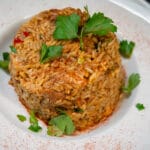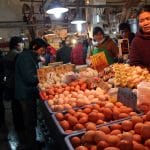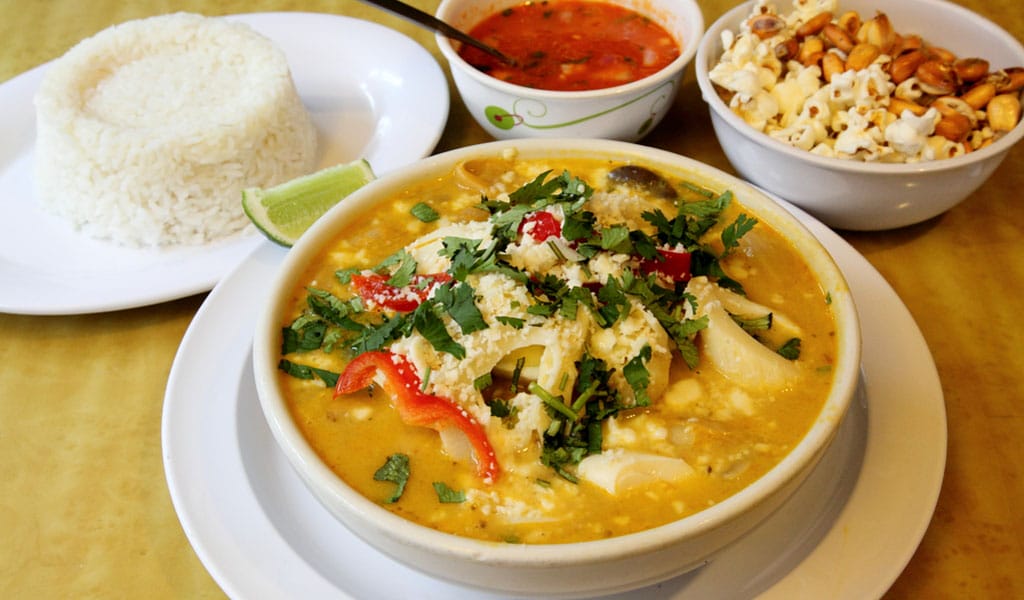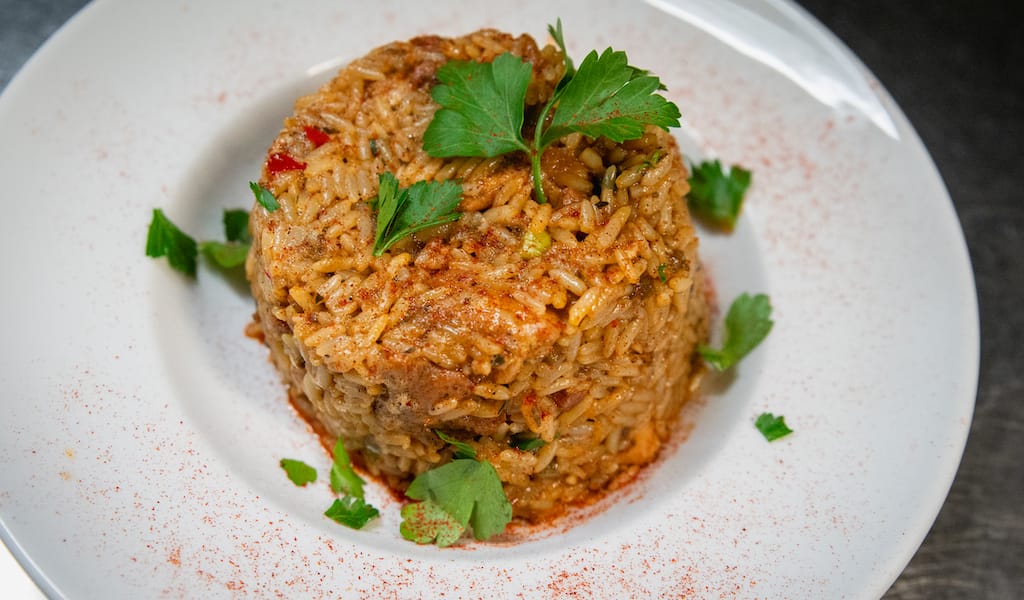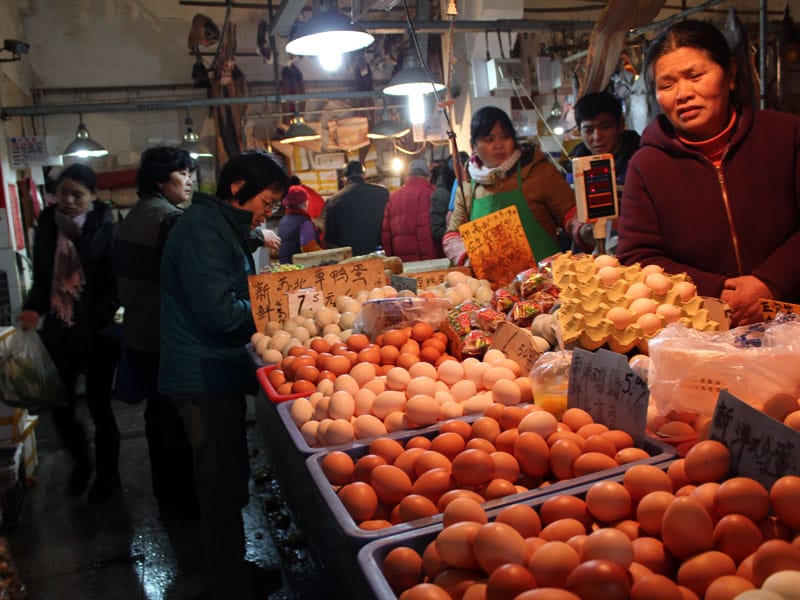Editor’s note: This guest review by Nicolas Nicolaides, an Istanbul-born Greek and Ph.D. student in history who moved to Athens as a child, explores a refugee community’s past and present and finds one of Athens’ best kebabs.
“Despite the fact the Armenian quarter of Athens had been created out of the rubbish heap there was more charm and character to this little village than one usually finds in a modern city… In the midst of the most terrible poverty and suffering there nevertheless emanated a glow which was holy; the surprise of finding a cow or a sheep in the same room with a mother and a child gave way instantly to a feeling of reverence.”
This is Henry Miller’s description of Neos Kosmos in his 1941 travelogue, The Colossus of Maroussi. Known then as Dourgouti, Neos Kosmos (Greek for “New World”) was one of the shantytowns that had sprung up near the center of Athens housing the thousands of Anatolian Christians who had fled from Asia Minor after the Greco-Turkish War (1919-1922). The Armenians and Greeks who lived in these areas had arrived with few personal possessions and lived in shacks of tin and board. Families of four or five shared a single room. Instead of proper plumbing, there were often open sewers running behind the muddy alleys. But the refugees tried to keep their borough clean by meticulously whitewashing walls and alleys and by planting geraniums in tin flowerpots.
Around that time, the Greek government began constructing a housing project in the area that continued after WWII until it concluded under the military regime of 1967-1974, resulting in a range of architectural styles. The four buildings of the first complex are fine examples of Bauhaus architecture (they bear a striking resemblance to the iconic structure in Dessau-Rosslau). The elderly eventually deserted the apartments, and they are now inhabited by refugees from the Middle East, and a few shops catering to the newcomers have sprung up around the neighborhood.
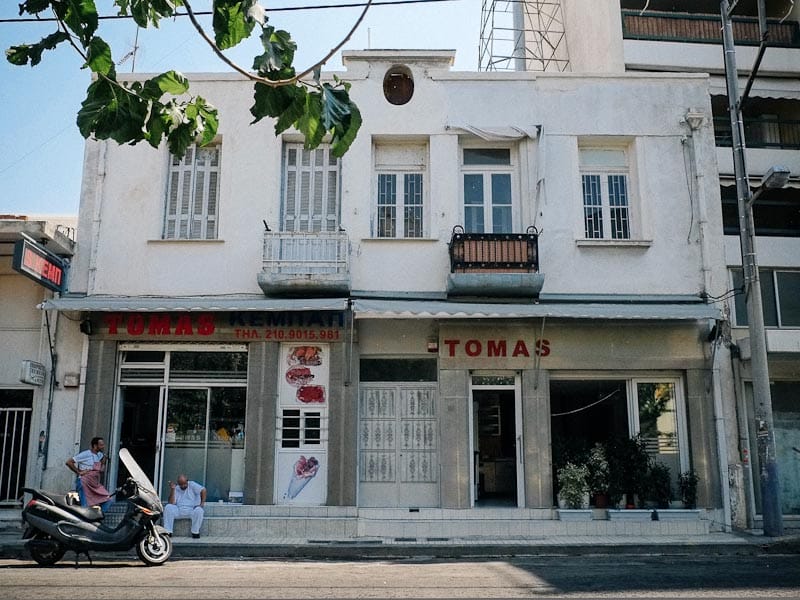
On a Sunday morning I followed Miller’s footsteps through Neos Kosmos in search of an Armenian kebapçı. Fifty-six-year-old Hampartsoum Tomasian – known to all as Tomas – sat on the doorstep of his kebab joint greeting passersby in Greek, Armenian and Arabic. His business occupies the ground floor of one of the neighborhood’s oldest buildings and belongs to a wider complex that includes the Armenian community’s chapel and former school, which fell into disuse when the new school was built in the 1970s. They are all property of the Armenian Catholic Church.
Tomas is part of the second wave of migration: since the early 1990s, a few thousand Armenians have emigrated from Armenia, Lebanon, Syria and other Middle Eastern countries. He can trace his origins back to Diyarbakır, a city in southeastern Turkey. His grandparents fled to Syria, where Tomas was born, in order to escape the massacres; later the family moved to Lebanon.
“Our family is scattered all over the world,” he told me. “We have relatives in Iraq and the United States. An aunt of mine provided her matchmaking services for me to get married to an Armenian-American lady. I had never met the bride. All that I had was a picture that my aunt had sent me. We came to Greece to get married and then move to the States. The marriage never took place and she left for the U.S. As for me, I stayed in Athens. Having no place to go and without knowing any Greek, I was lucky enough to find a job at a leather factory owned by an Istanbul Greek. My boss and I spoke in Turkish so there was no need to learn Greek till I met my wife, who was one of the factory workers.”
The import of Chinese leather products overwhelmed the Greek leather industry and soon Tomas found himself out of work. “Then I started working for Savas, a souvlaki joint in Monastiraki Square. The owner was an Armenian called Serop Ajemian who had Hellenized his name to Savas.” Three years later, Tomas decided to strike out on his own in Neos Kosmos. He quickly earned a following, and soon people from all over Athens flocked to Neos Kosmos to taste one of the best kebabs in town. Among Tomas’s most loyal customers are the personnel of the Turkish embassy in Athens.
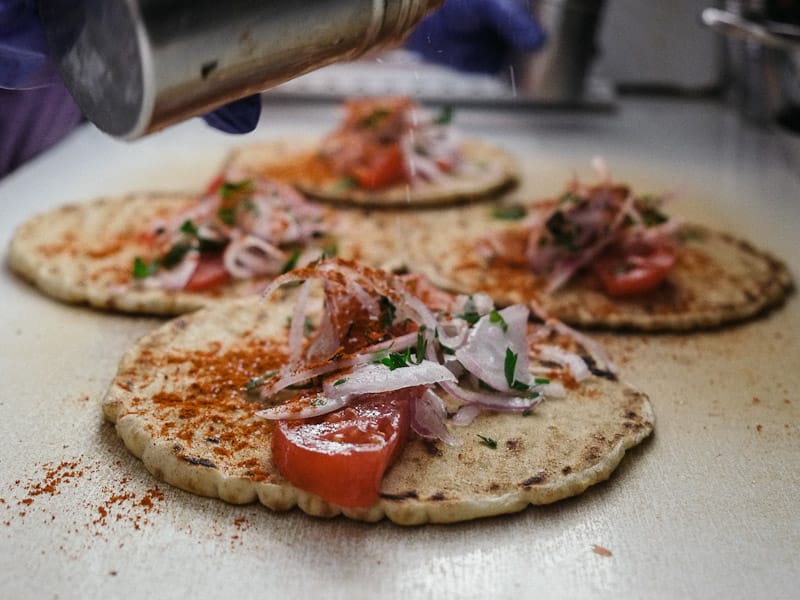
I asked Tomas what makes his kebabs so special. “There is no secret ingredient,” he said. “I only add top-quality minced lamb and veal, salt and chopped onion. I brought a machine from Syria that chops onion to the size of a rice grain – that’s what makes my kebabs extra moist.” He also makes içli köfte (fried bulgur-crusted meatballs), falafel, baba ghanoush, hummus, yoğurtlu kebap (kebab with yogurt sauce) and lahmacun (crisp, oven-baked flatbread covered with minced meat and herbs).
I strolled down the streets of Neos Kosmos, chowing down on a kebab garnished simply with onions and tomatoes, thankfully undiluted by tzatziki or French fries, and relishing its silky texture and deeply savory nature. As I contemplated, I began to feel that there was something magical about this neighborhood. A world away from the fashionable boulevards of central Athens, Neos Kosmos is an open-air museum of modern Greek history. I thought about the holes in the wall of a building that Tomas had pointed out to me, made by bullets from guerilla fighting during Greece’s Nazi occupation. The shantytown is long gone now but it has been immortalized in literature and in cinema (as in Costas Ferris’s “Ta Matoklada Sou Lampoun,” or “Your Eyelashes are Sparkling”). The Anatolian Greeks and Armenians have now been well integrated into Greek society and have left Neos Kosmos behind to settle in more upscale neighborhoods. The Middle Eastern immigrants are bringing these decaying constructions back to life.
Tomas may be a newcomer, but he is part and parcel of this neighborhood’s busy history. As we said goodbye he showed me a black-and-white photo of the shantytown and shared with me tales of the urban landscape – how it had evolved during the decades, the socioeconomic changes that had taken place in the area and the vanished memories of the old residents – as they had been described to him by one of the borough’s oldest residents, an elderly Armenian gentleman who was born in one of the tin-and-board shacks and still lives in Neos Kosmos. Tomas is proud of a past that was never his own, remembering what many Athenians either forget or ignore.
Published on September 05, 2013
Related stories
April 11, 2017
QueensEditor's Note: We are sorry to report that El Dorado Cafe is closed. The afternoon was gray, drizzly and, even for a Good Friday, doleful. So the brightly colored sign in the restaurant window – had someone scooped up all the highlighters at the stationery store? – shone out all the more. "FANESCA," it announced…
October 30, 2023
New Orleans | By James Cullen
New OrleansJambalaya, the rice dish that stands at the crossroads of culture and cuisine, is a staple of celebration, mourning and everything in between in Louisiana. From tailgates to Mardi Gras to repasts and backyard cookouts, it is a ubiquitous food that can be a main or a side dish. The roots of the dish can…
February 26, 2013
ShanghaiDear Culinary Backstreets, I’ve heard about “wet markets” but what are they exactly? What are the best wet markets in Shanghai? Stocked with all the fresh produce and live animals that hungry Shanghai residents could ever cook up, wet markets are an essential alternative to the brand-name supermarkets vying for their slice of market share…











































